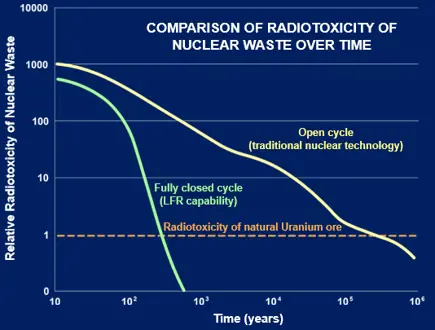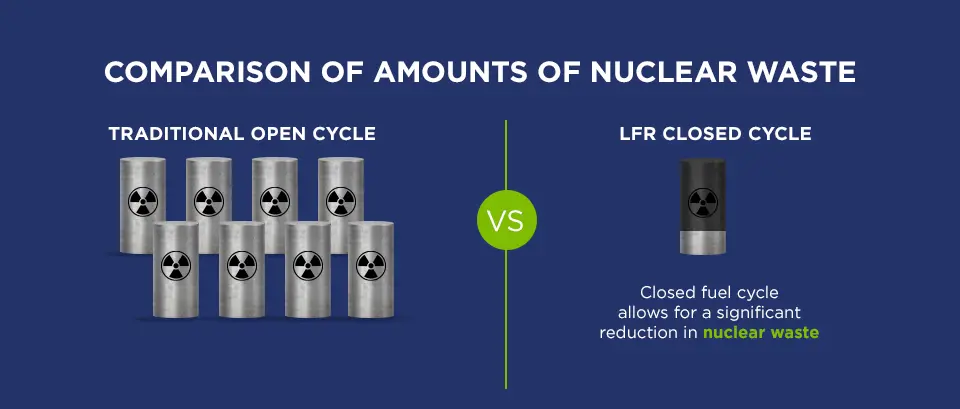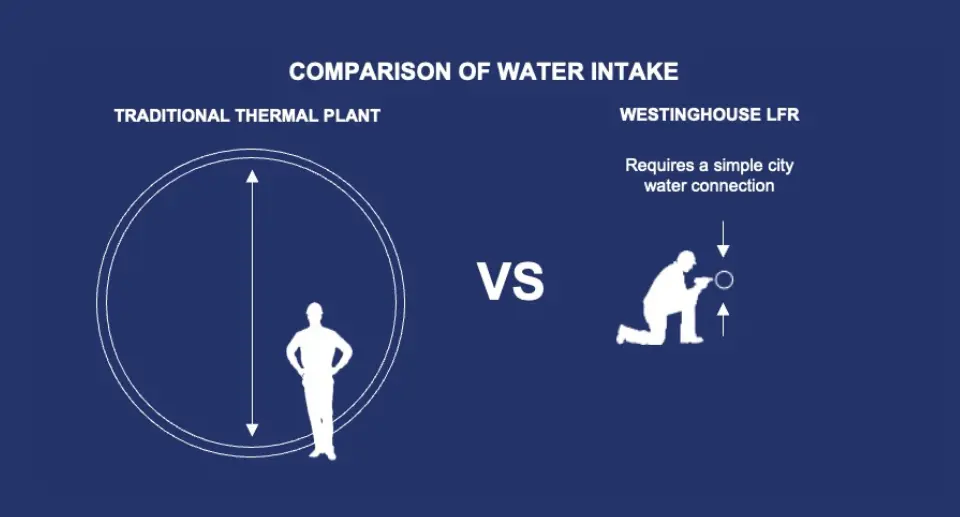-
About
- Innovation
-
Energy Systems
-
-


-
Nuclear Fuel
-
Operating Plants
-
- Long-term Operations
- Engineered Solutions
- License Renewal
- NSSS Component Asset Management
- Nuclear Engineering Services
- Systems and Program Engineering
- Probabilistic Risk Assessment
- Fire Protection Engineering
- Civil & Structural Engineering
- Physical Security
- Balance of Plant and Design Engineering
- Instrumentation & Controls Systems
- Control Systems
- Control Room Upgrades
- Safety Systems
- Reactor Systems
- System Support Services (S3)
- Simulation Services
- Staffing Solutions
- Professional and Technical Staffing
- Managed Staffing
- Direct Placement
- Payrolling and Seconded Services
- Outage Services
- Maintenance, Modification and Construction
- I&C and Electrical
- Valve Maintenance and Repair
- Reactor Services
- Modifications and Repairs
- NDE Inspection Services
- Rotating Equipment
- Steam Generator Services
- Specialty Welding and Machining
- Turbine Services
- Civil Maintenance and Scaffolding
- Outage Control Centers
- Integrated Outage Model
- RP & ALARA
- Testing Services
-
-
Environmental
- Explore Solutions
- Sustainability
- Customer
- Supplier
- Careers
- Contact Us



